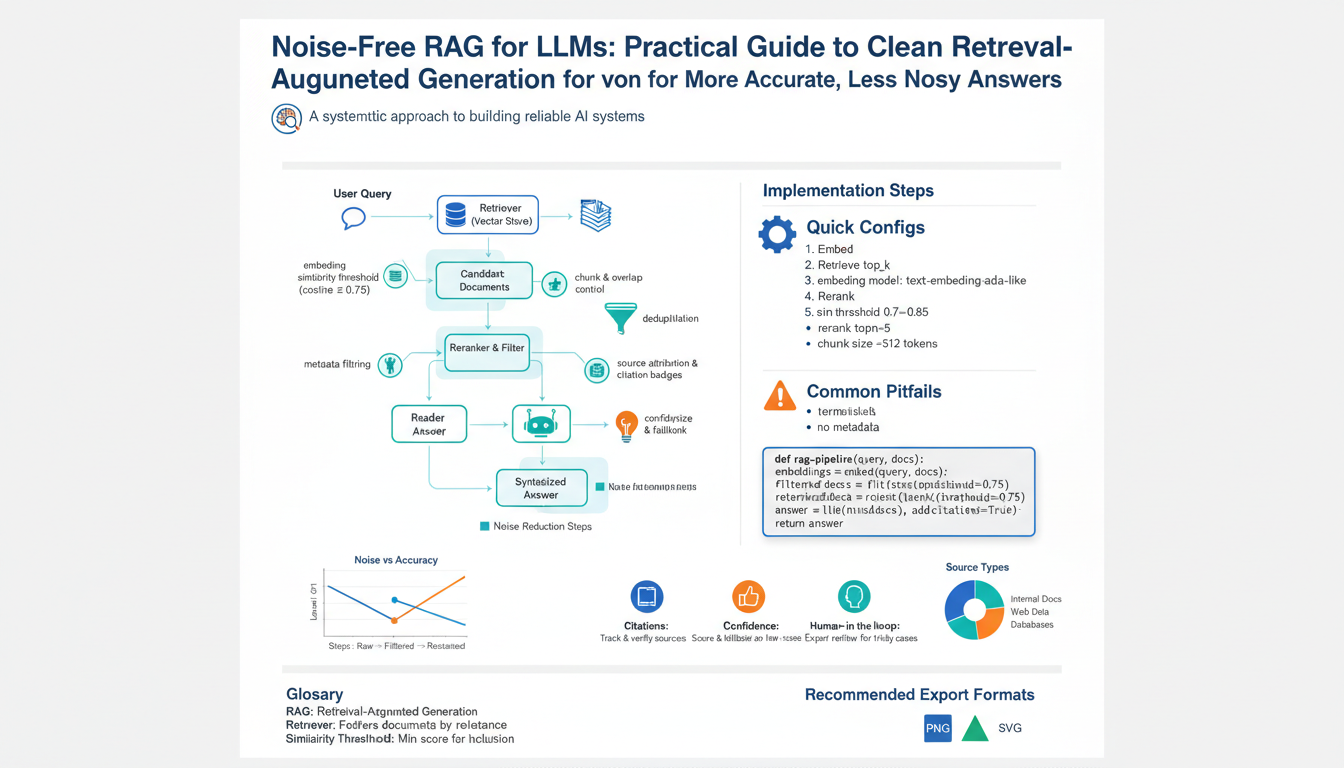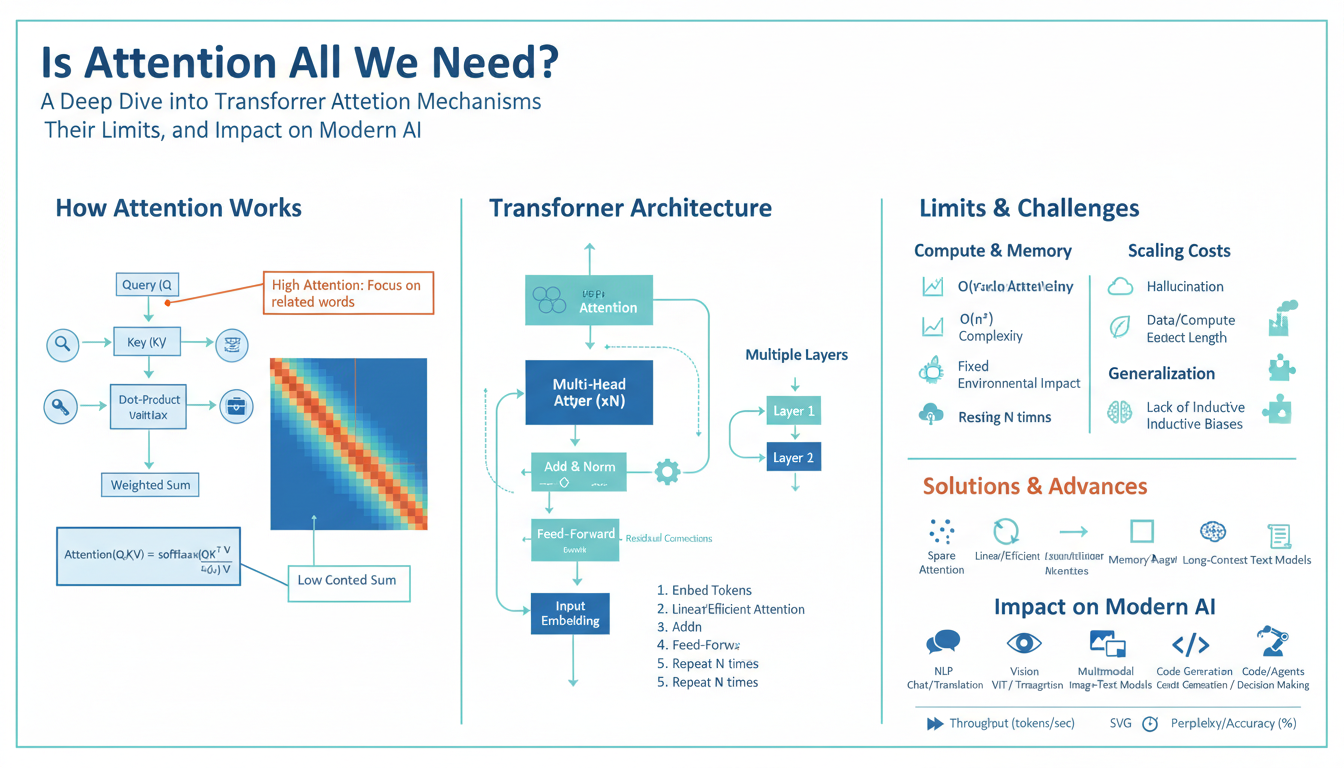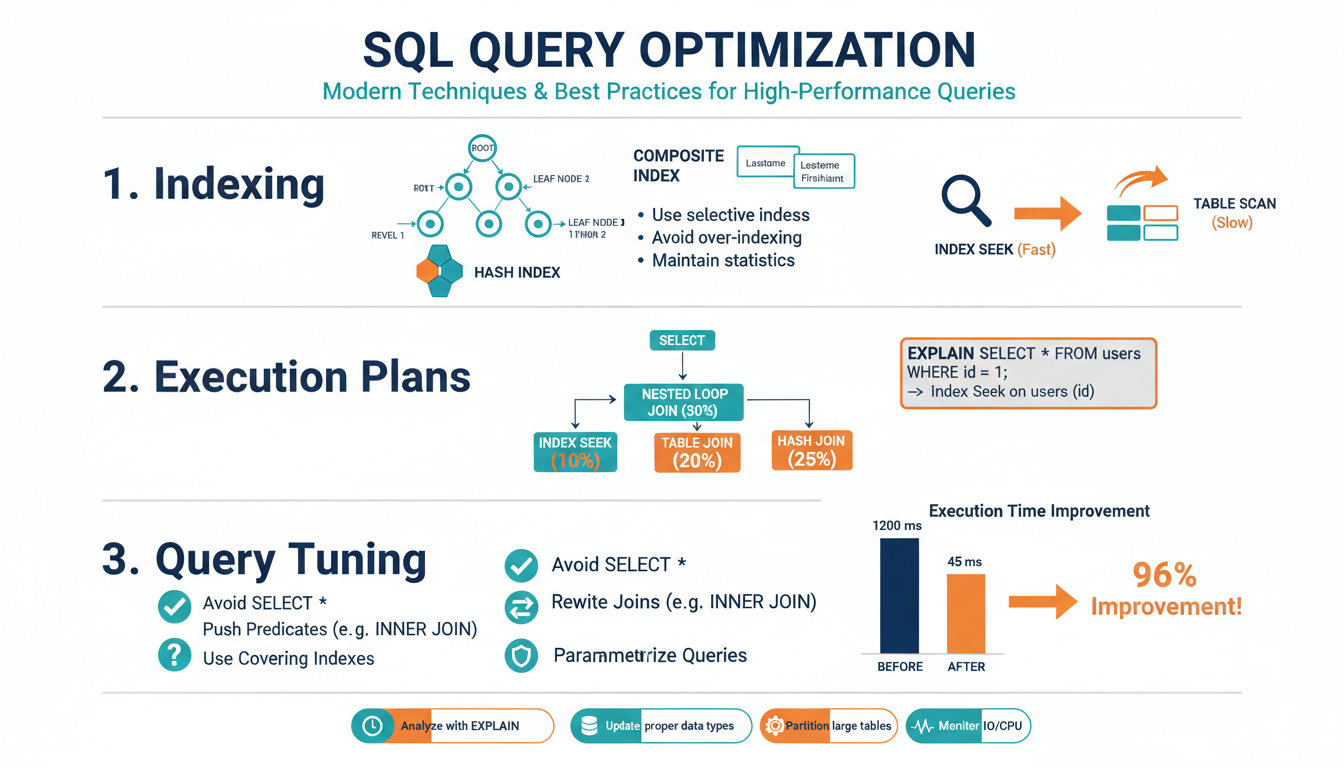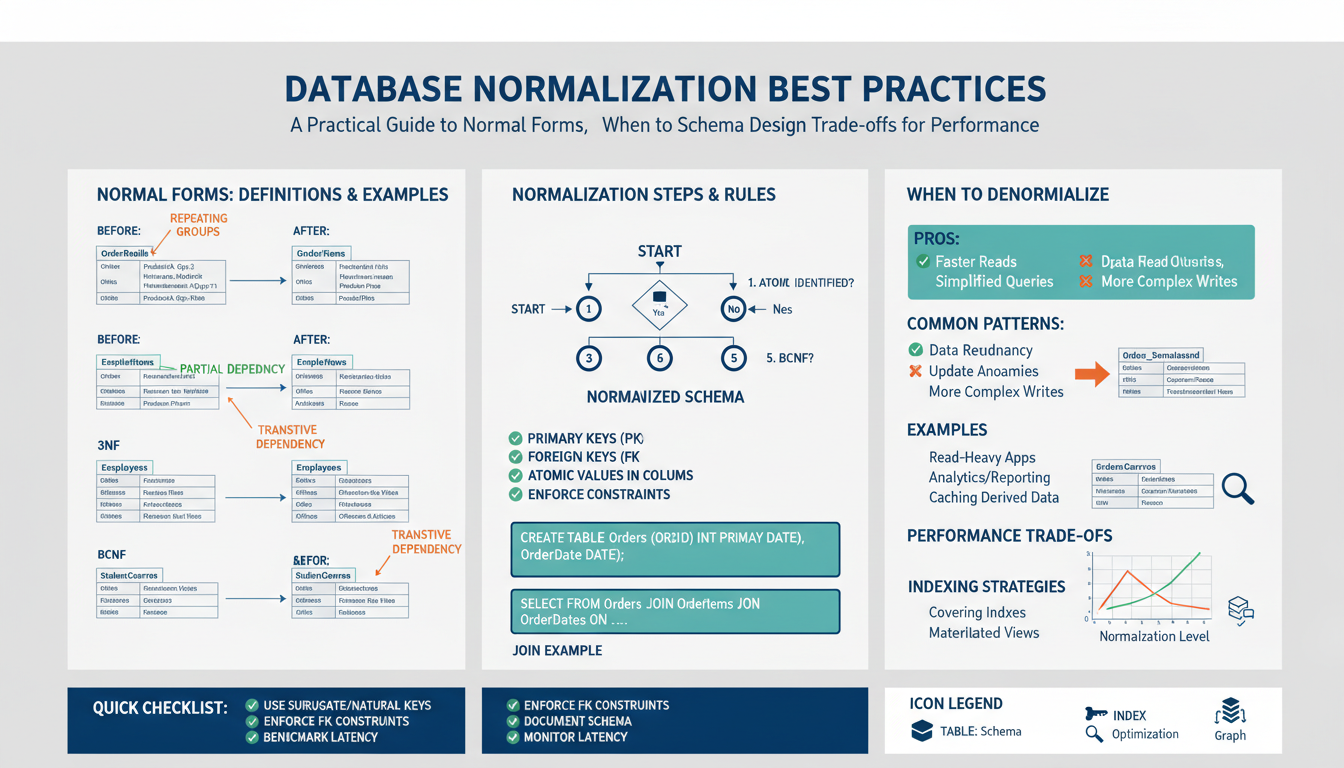
Artificial intelligence (AI) has revolutionized many industries in recent years, from healthcare to finance, and transportation to retail. One of the key drivers of this transformation is deep learning, a type of AI that uses artificial neural networks to analyze vast amounts of data and produce accurate predictions. Deep learning has been particularly effective in handling unstructured data, such as images and text, and has led to breakthroughs in computer vision, natural language processing, and speech recognition.
The traditional approach to deep learning involves training a neural network from scratch on a specific task and dataset. This can be a time-consuming and resource-intensive process, especially for large and complex models. To address this challenge, researchers have developed a new paradigm called pre-training, then fine-tuning. Pre-training involves training a neural network on a large, diverse dataset, typically drawn from a general domain, such as ImageNet. The resulting model learns general features that can be applied to a wide range of tasks and datasets. Fine-tuning involves taking the pre-trained model and adapting it to a specific task and dataset through further training.
Today, many pre-trained models are available in public online platforms, such as HuggingFace, TensorFlow Hub, and PyTorch Hub. These repositories of pre-trained models are referred to as model zoos. Model zoos have been widely adopted in recent years, as they offer convenient access to a collection of pre-trained models, including cutting-edge deep learning architectures. This lowers the expertise barrier, enabling non-expert individuals to apply complex deep learning models in their applications.
However, selecting the right pre-trained model for a specific task and dataset can be challenging, especially when the number of pre-trained models is large. A naive approach is to randomly select models for fine-tuning, but this strategy may not yield good results. To address this challenge, researchers have developed a new framework called TransferGraph, which reformulates model selection as a graph learning problem. TransferGraph constructs a graph using extensive metadata extracted from models and datasets, while capturing their inherent relationships. Through comprehensive experiments across 16 real datasets, both images and texts, TransferGraph has demonstrated its effectiveness in capturing essential model-dataset relationships, yielding up to a 32% improvement in correlation between predicted performance and the actual fine-tuning results compared to the state-of-the-art methods.
Pre-trained deep learning models are a game-changer for AI applications, as they enable machine learning practitioners to bypass the need for training from scratch, a resource-intensive process, resulting in significant savings in both development time and computational resources. By utilizing a model zoo for fine-tuning, practitioners can adapt complex deep learning models to a wide range of target datasets, which have varying quantities of training data. With TransferGraph, selecting the right pre-trained model for a specific task and dataset has become easier and more effective than ever before.
Reference and Source



